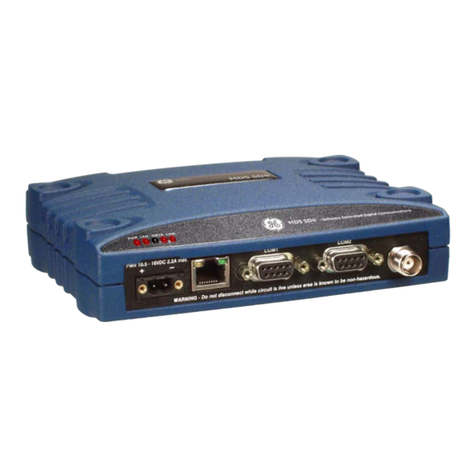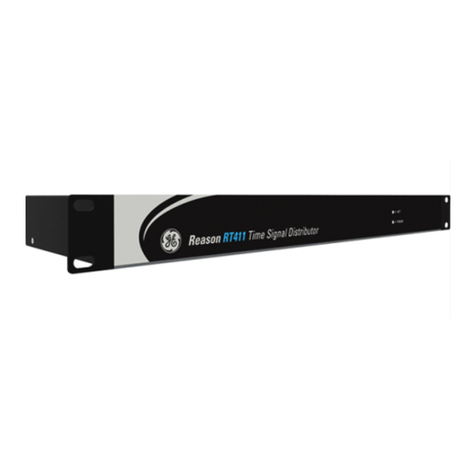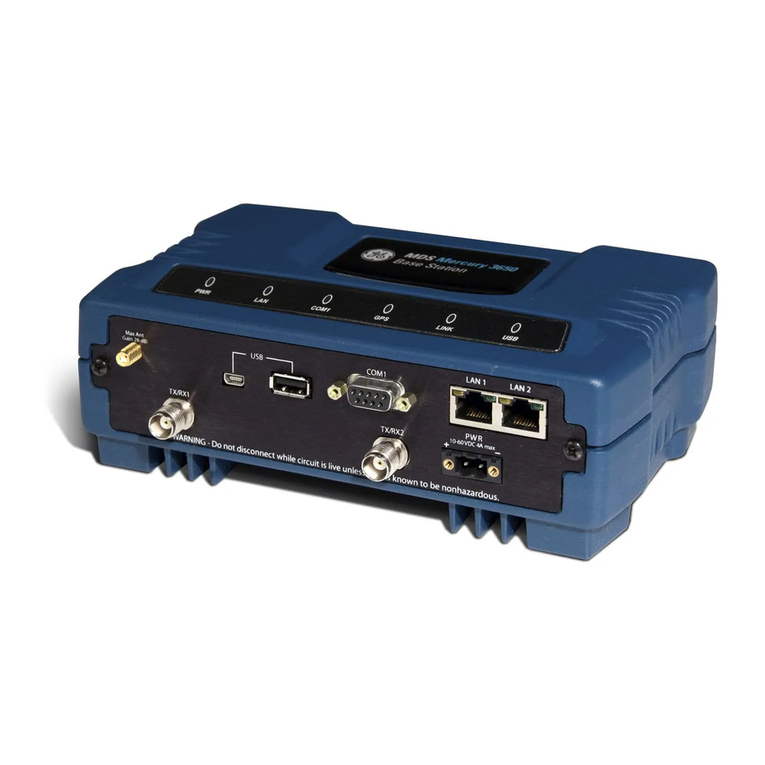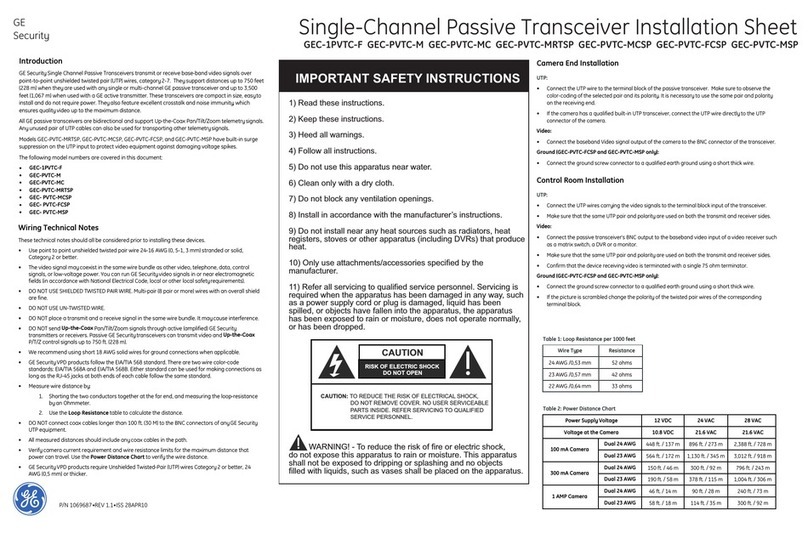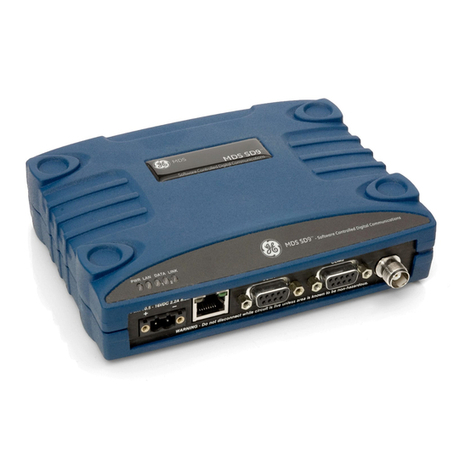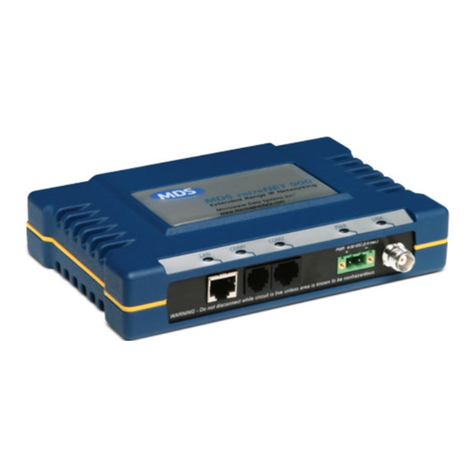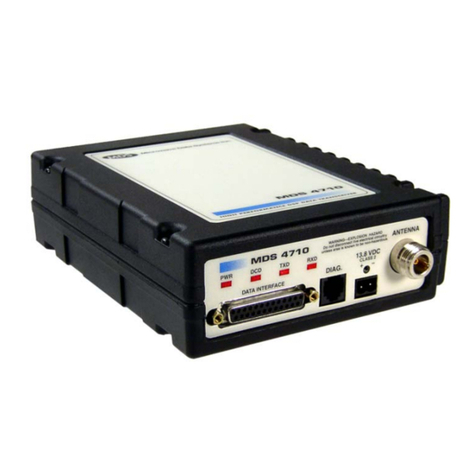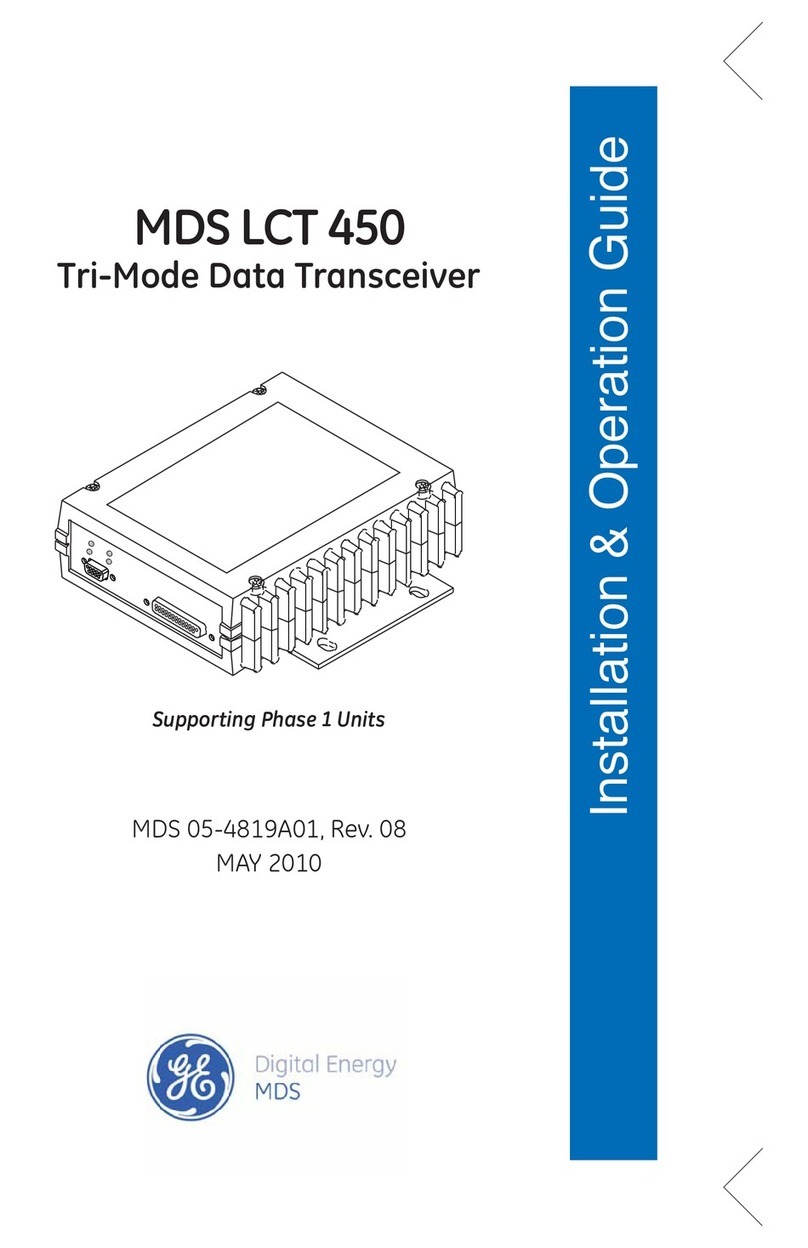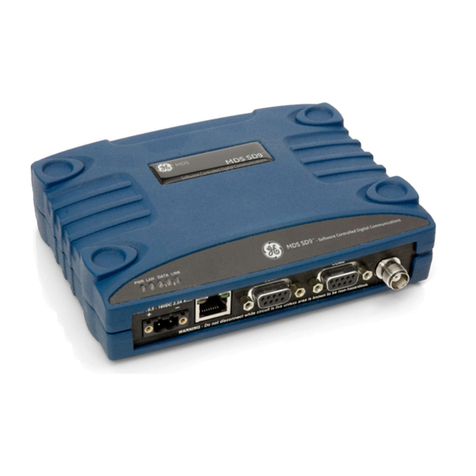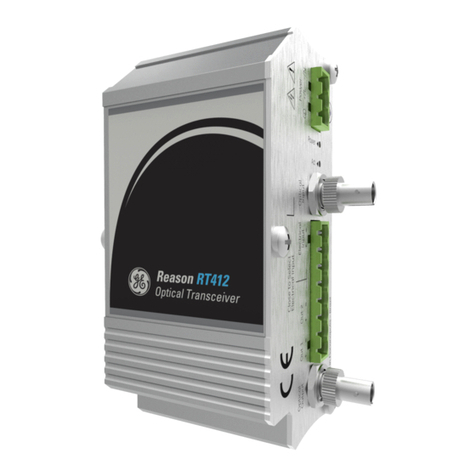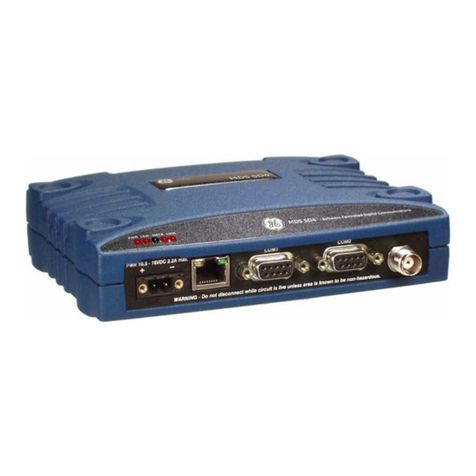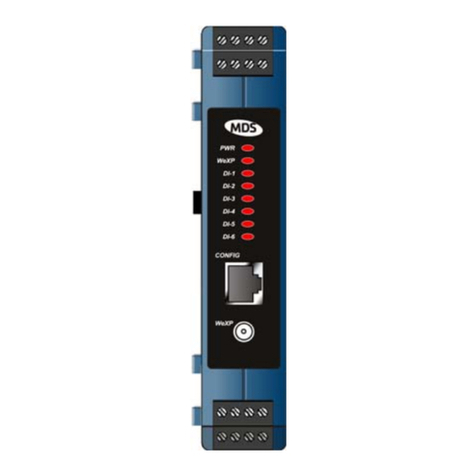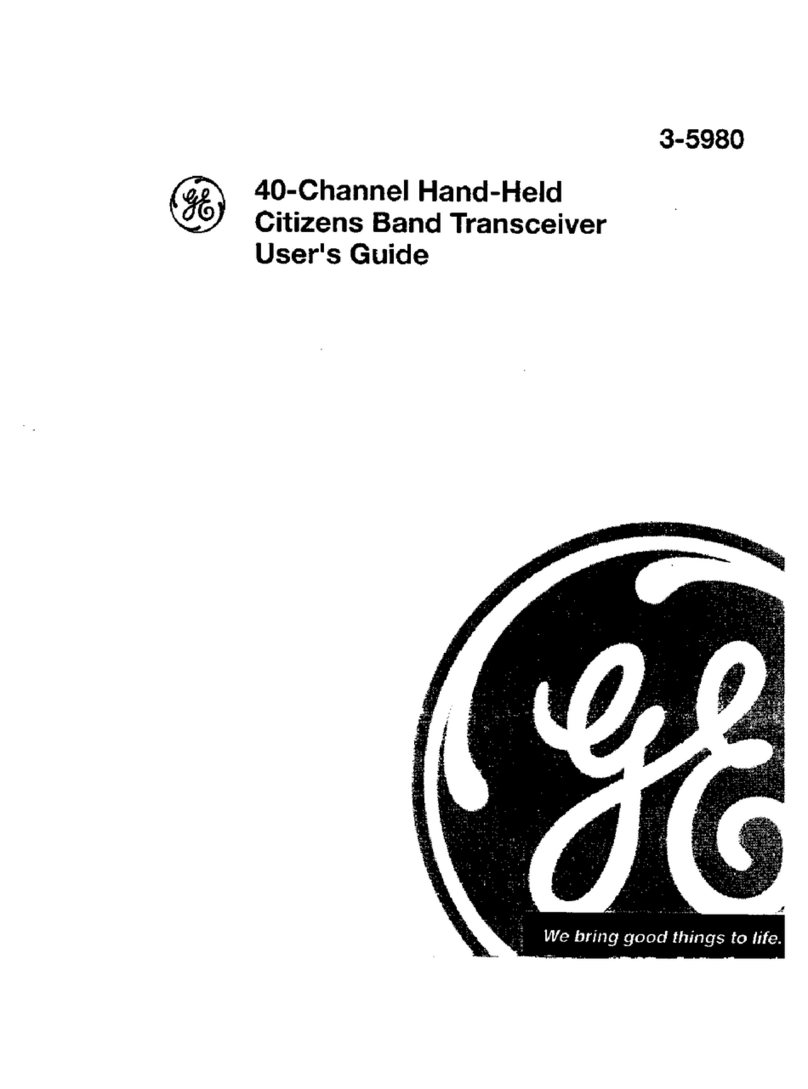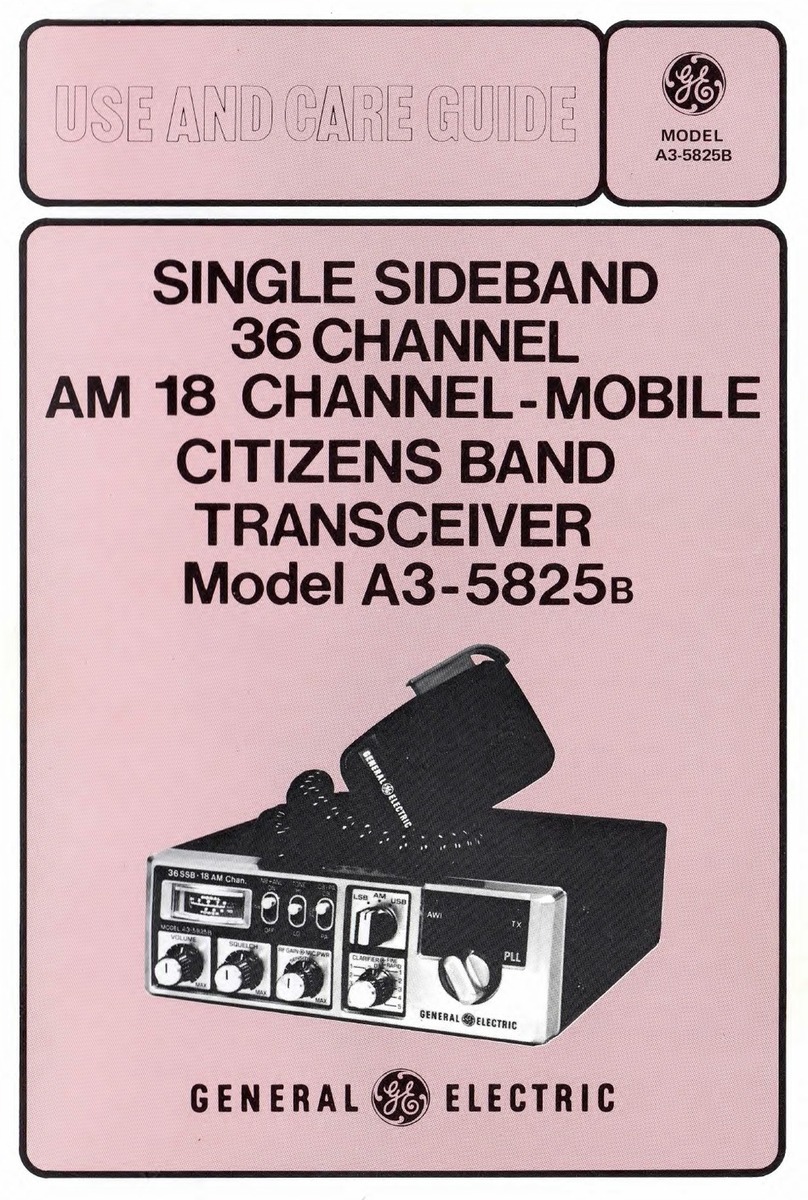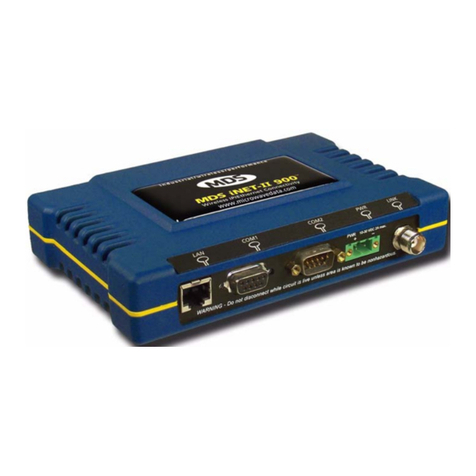
05-2806A01, Rev. L MDS iNET Series Reference Manual iii
2.5.6 Mobility Configuration Menu .............................................................................................. 47
Additional Considerations for Mobile Operation...................................................................... 48
At Every Mobile (Remote) Radio ............................................................................................ 48
At Every AP Radio .................................................................................................................. 48
2.6 Configuring the Serial Ports.......................................................................................... 49
2.6.1 Overview ........................................................................................................................... 49
Com1 Port–Dual Purpose Capability ...................................................................................... 49
TCP vs. UDP........................................................................................................................... 49
Serial Encapsulation............................................................................................................... 49
TCP Client vs. TCP Server..................................................................................................... 49
UDP Multicast......................................................................................................................... 50
PPP......................................................................................................................................... 50
DF1/EIP .................................................................................................................................. 50
MODBUS/TCP........................................................................................................................ 50
Data Buffering......................................................................................................................... 51
Implementing Configuration Changes..................................................................................... 51
Serial Configuration Wizard.................................................................................................... 51
2.6.2 Serial Data Port Configuration Menu ................................................................................. 51
2.6.3 Configuring for UDP Mode ................................................................................................ 52
2.6.4 Configuring for TCP Mode ................................................................................................. 54
2.6.5 Configuring for PPP Mode ................................................................................................. 56
2.6.6 Configuring for DF1/EIP .................................................................................................... 57
2.6.7 Configuring for MODBUS/TCP Server .............................................................................. 58
2.6.8 IP-to-Serial Application Example .......................................................................................58
2.6.9 Point-to-Multipoint IP-to-Serial Application Example ......................................................... 59
2.6.10 Point-to-Point Serial-to-Serial Application Example ........................................................ 61
2.6.11 Combined Serial and IP Application Example ................................................................. 62
Operation and Data Flow........................................................................................................ 62
2.6.12 Virtual LAN in iNET-II and iNET ...................................................................................... 64
2.7 Cyber Security Configuration........................................................................................ 64
2.7.1 Device Security ................................................................................................................. 64
2.7.2 Wireless Security ............................................................................................................... 65
Local Authentication—Approved Remotes/Access Points List Submenu............................... 66
2.7.3 RADIUS Configuration ...................................................................................................... 67
Operation of Device Authentication ........................................................................................ 67
Operation of User Authentication............................................................................................ 67
2.7.4 RADIUS Configuration ...................................................................................................... 68
2.7.5 Certificate Management (Remote transceivers only) ........................................................ 68
2.8 Performance Verification............................................................................................... 69
2.8.1 RSSI by Zone Menu (Remotes Only) ................................................................................ 71
2.8.2 Event Log Menu ................................................................................................................ 71
Time and Date......................................................................................................................... 72
View Current Alarms............................................................................................................... 73
View Event Log....................................................................................................................... 73
2.8.3 Packet Statistics Menu ...................................................................................................... 74
